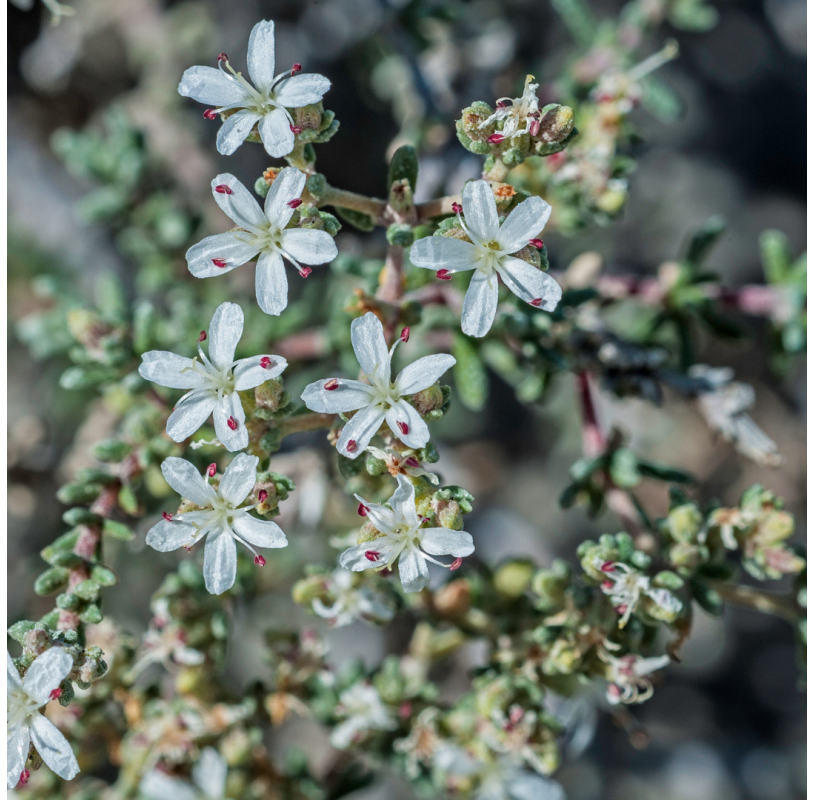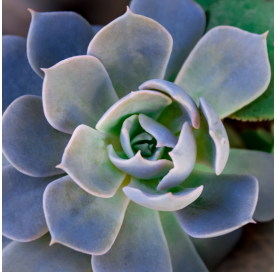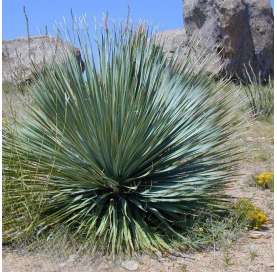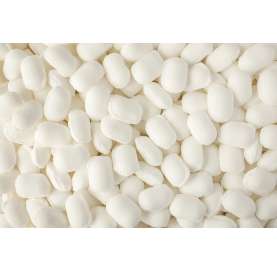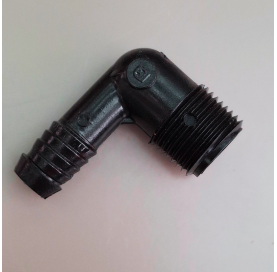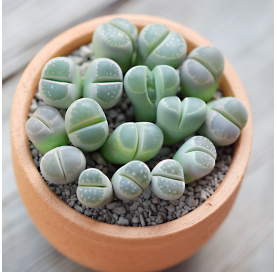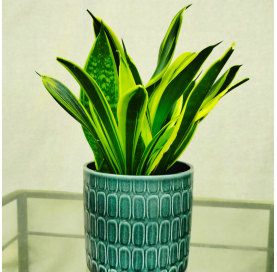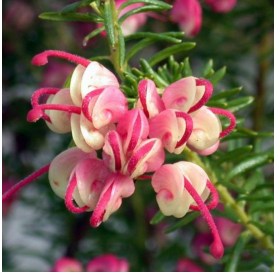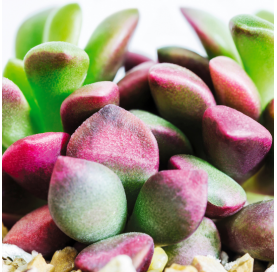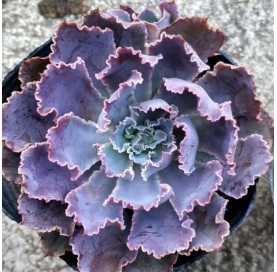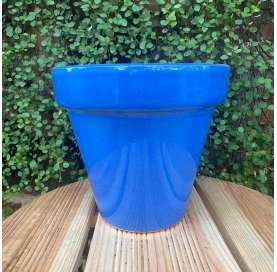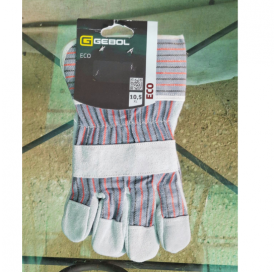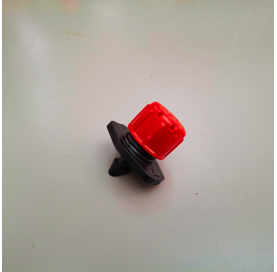Frankenia
Frankenia is a genus of plants belonging to the family Frankeniaceae. These plants are native to coastal and arid regions of the Mediterranean Basin, North Africa, and parts of Asia. They are typically found in saline and sandy soils, making them highly resistant to salinity and drought conditions.
Curiosity about Frankenia (Saladilla or Salado):
Did you know that Frankenia, commonly known as Saladilla or Salado, is an incredibly hardy plant that thrives in saline and coastal soils?
This plant has developed an amazing adaptation that allows it to survive in extreme conditions where other plants could not. In addition, Frankenia has medicinal properties and has traditionally been used to treat skin problems such as wounds and minor burns.
A small but mighty plant that not only withstands the harshest environments, but also has beneficial health uses.
 Encrypted payments for greater security
Encrypted payments for greater security
To reduce the plant's time in transit, shipments are made from Monday to Wednesday.


Shipping only to mainland Spain and mainland Portugal
Origin:
Frankenia is a genus of plants belonging to the family Frankeniaceae. These plants are native to coastal and arid regions of the Mediterranean Basin, North Africa, and parts of Asia. They are typically found in saline and sandy soils, making them highly resistant to salinity and drought conditions.
History:
The Frankenia genus has been studied by botanists for centuries due to its ability to adapt to extreme conditions. Historically, these plants have been valued not only for their resilience but also for their ability to improve saline and eroded soils. In gardening, Frankenia has gained popularity as an ornamental plant that offers a unique aesthetic in low-maintenance gardens.
Care:
- Location: Frankenia prefers a sunny spot or partial shade. It is ideal for coastal gardens or areas with saline soil.
- Soil: It requires well-drained soils and can grow in poor, sandy soils. It does not tolerate waterlogged soils.
- Temperature: This plant is drought-resistant and can handle moderate cold. However, in very cold climates, it is advisable to protect it during the winter.
- Fertilization: Frankenia does not require special fertilizers, but a slow-release fertilizer can be applied in early spring to stimulate growth.
Fun Fact:
An interesting fact about Frankenia is its ability to tolerate and even thrive in highly saline soils, making it an ideal plant for gardens in coastal areas or where soil salinity is a problem. Additionally, its small flowers, which can be white, pink, or purple, add a delicate touch of color to areas where other plants might struggle to survive.
Pruning:
Pruning is not strictly necessary for Frankenia, but it can be done to maintain the desired shape or to remove damaged parts. The best time to prune is in late winter or early spring to encourage denser, more compact growth.
Watering:
Frankenia requires little watering, making it ideal for xeriscaping. During the first year after planting, it is important to water it regularly to ensure good root establishment. Afterward, watering should be sporadic, allowing the soil to dry out between waterings. In very dry areas, it can be watered once every two weeks during the summer.
.
Data sheet
- Name
- Frankenia
- Origen
- Frankenia is native to coastal and arid regions of the Mediterranean Basin, North Africa, and parts of Asia. It is typically found in saline and sandy soils.
- Height
- Frankenia is a low-growing plant, typically reaching between 10 and 30 cm in height, depending on the species and growing conditions.
- Flowering
- Frankenia generally flowers in spring and summer. Its small, delicate flowers can be white, pink, or purple, adding a subtle touch of color to the garden.
- Location
- It prefers sunny locations or partial shade. Frankenia is ideal for coastal gardens, rockeries, and areas with saline or nutrient-poor soils.
- Irrigation
- It requires little watering. During the first year after planting, regular watering is recommended to ensure good root establishment. Thereafter, watering should be sporadic, allowing the soil to dry out between waterings.
- Applications
- Frankenia is ideal for xeriscaping, border edging, and coastal areas. It is also used in the restoration of eroded or saline soils due to its ability to improve these conditions.
- Others
- In addition to its resistance to salinity and drought, Frankenia is valued for its low maintenance and ability to thrive in extreme conditions where other plants might not survive.
12 other products in the same category:
-
Echeveria desmetiana€6.00
-
Yucca rostrata€34.00
-
-
Elbow 16mm 1/2€0.60
-
Lithops - Living Stones€5.80
-
Sansevieria 'Laurentii' -...€29.00
-
Grevillea lanigera mount...€30.00
-
Anacampseros Rufescens€3.50
-
Echeveria neon Breakers€6.00
-
Blue glazed pot 20cm€8.00
-
Guantes Eco€4.00
-
Red irrigation dripper€0.25

 English
English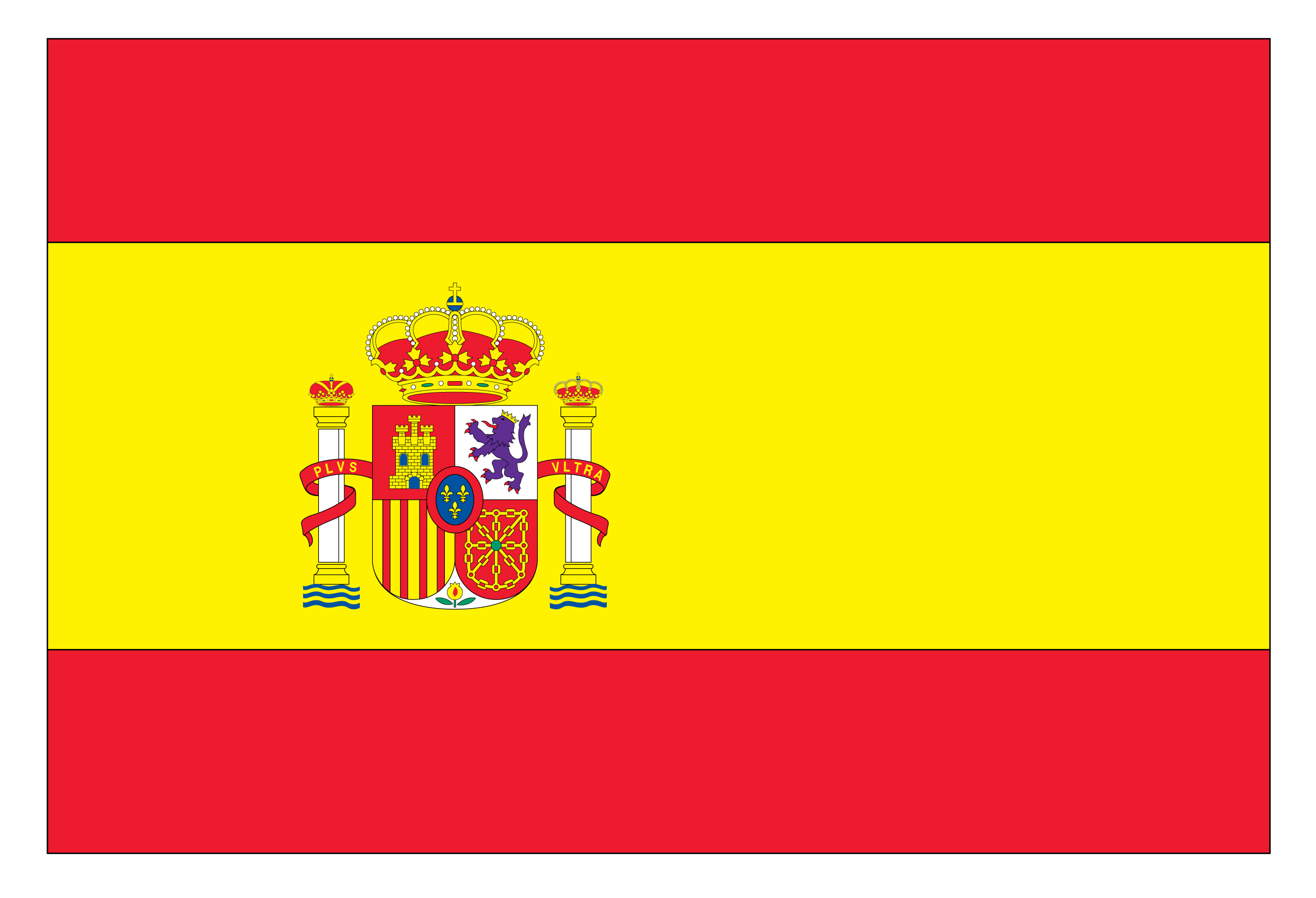 Spanish
Spanish